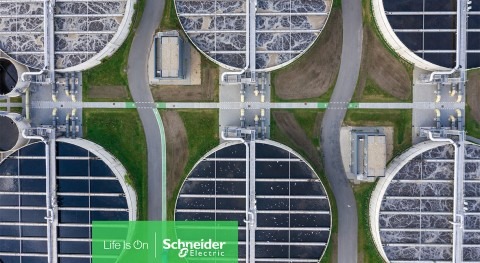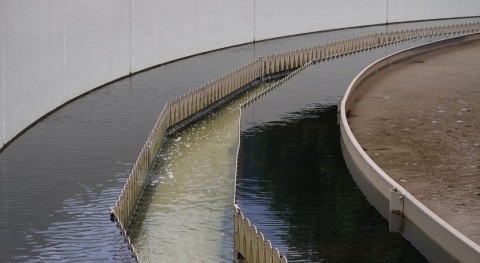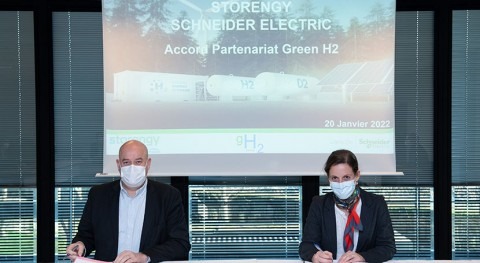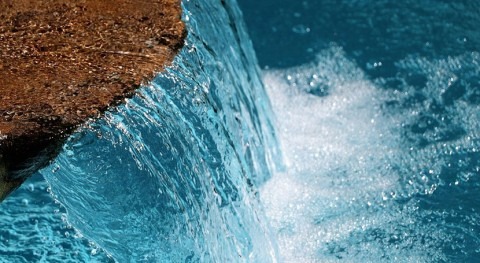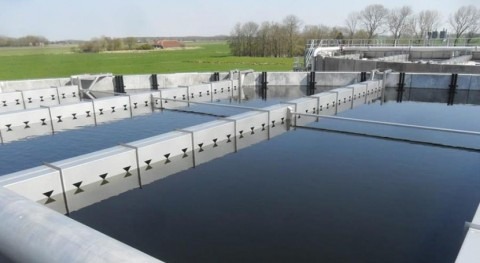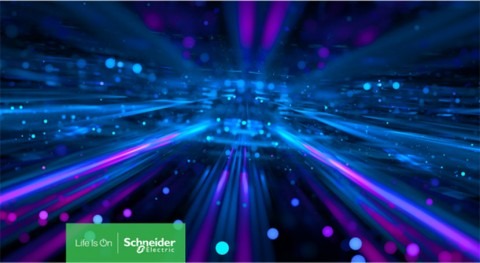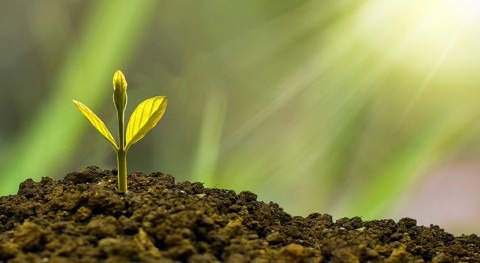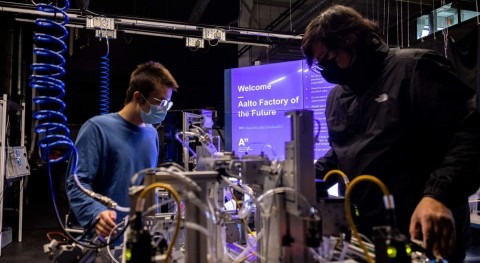We often behave as if the resources are unlimited on a planet when, clearly, they are not. Each year, the global economy uses more than 90 trillion tons of natural resources (of which only 8% are reused), the equivalent of 1.7 of what the Earth can produce annually. Although not valued in a balance sheet, these resources are worth trillions of dollars for the global economy. This linear catch-consume-throw-away model is not sustainable.
By 2050, the world population is expected to grow by 33%. Along with the increasing industrialization of developing countries and the increasing need for energy, the demand for water is also overflowing. In addition, climate change is expected to cause severe droughts, devastating floods and water shortages in several regions of the world.
The 2030 Water Resources Group predicts that by 2030 the global water deficit may reach 40%. A growing population combined with an increased demand for agriculture and industry will lead to scarcity, exacerbated by the adverse effects of climate change.
Circular economy: Sustainable and profitable
Given this situation, the circular economy is considered the most popular answer to face the challenge. Not only could it contribute to the fight against climate change, but it can also have significant economic benefits. A recent study by Deloitte also revealed that four sectors of the European Union (EU) - food, construction, automotive and electrical/electronic equipment - had the potential to reduce emissions by 66% using technically feasible circular economy methods. A circular economy can provide a reduction equivalent to 550 megatons of CO2, 33% of total EU emissions from product consumption.
Each year, the global economy uses more than 90 trillion tons of natural resources (of which only 8% are reused)
In this line, it is urgent to manage water resources more efficiently and the treatment of wastewater could lead to an efficient alternative supply. Indeed, one of the Sustainable Development Goals (SDG 6) adopted in 2015 by the member states of the UN, focuses on improving water efficiency, increasing the rates of wastewater treatment by at least 50% and increasing significantly recycling rates for 2030.
Water is vital for the circular economy to really take shape. In this sense, the water industry must play a fundamental role. Since the linear model is not sustainable neither economically nor ecologically, we must see water as a fundamental part of the circular economy, in which it retains all of its value after each use and eventually returns to the system. In addition to thinking about its purification, we must think about preventing its contamination and creating closed circuits that allow its repeated use.
Circular economy in agriculture
Agriculture accounts for almost 70% of the world's water consumption. In 2050, it is expected that it will be necessary to increase the demand for this resource by 55% in order to maintain the food needs of our growing world population. European agriculture spends 73,000 hm3 of water every year, of which it could reduce up to 70% avoiding losses in transport, applying precision irrigation techniques and reducing food waste, in a circular economy scenario.
Water is a limited resource, so optimizing its use is essential. Governments and partner agencies are responding to this growing demand by implementing new and rigorous regulatory requirements on the food chain. In New Zealand, farmers must adhere to strict codes to preserve their "crop permit". This means monitoring and reporting everything from the stock and the use of fertilizers, to the use of water, its catchment and dumping. In this sense, WaterForce, a company specializing in sustainable water solutions, wanted to address this growing demand for water and facilitate the control and management of this resource to New Zealand farmers by creating a cloud-based IoT solution, SCADAfarm. It is an integrated automation and information management platform powered by Schneider Electric's EcoStruxure™ for Industry system. This solution allows to visualize in real time and remotely the status and operation of irrigation systems, which allows farmers to monitor their irrigation infrastructure remotely through any mobile device.
The implementation of systems such as SCADAfarm means improving operational agility and more efficient and effective water use, as well as significant time savings. Already in the first season, farmers who used the WaterForce solution reported a reduction in energy costs of up to 50%.

Reuse wastewater: Multiple advantages
Globally, more than 80% of the wastewater returns to the environment without being treated or reused. As a result, there is a significant percentage of the population that loses access to safe and healthy drinking water, which can be related to more than 842,000 deaths each year.
Knowledge of the risks related to water and the value of efficiency has resulted in a growing business interest in reducing wastewater and treating it before releasing it. The opportunities to use wastewater to create sustainable sources of water and energy, and promote greater productive efficiency, are enormous.
In addition, it is a potential source of income and employment. The global water market is growing by 3.9% each year and is expected to be worth 818 million dollars in 2020. In addition, the European Commission estimates that a 1% increase in the development of the water industry in Europe could create up to 20,000 new jobs. Finally, reusing wastewater would increase the productivity of the water captured, normally in agriculture, allowing more crops to be obtained.
Circular economy not only contributes to the fight against climate change, but it can also have significant economic benefits.
As an example, the Wastewater Treatment Plant of Atotonilco (Mexico) facility is the largest in Latin America and one of the largest in the world. It is located on 160 hectares and has an average capacity of 3 million cubic meters per day. The plant is expected to process 60% of wastewater from Mexico City, which will be used to irrigate 80,000 agricultural hectares, benefiting 700,000 people. Acciona Agua oversees the operation of the plant for the Mexican National Water Commission (CONAGUA), in consortium with Atlalec and Ideal. They chose Schneider Electric's EcoStruxure solution to reduce energy and operational costs of the plant, improve water quality, preserve the water resources of the area and better comply with the regulations.
The set of solutions proposed by Schneider Electric to Acciona Agua provides real-time control of all plant processes, energy monitoring and management, ease of maintenance and integrated cybersecurity throughout the entire system. These advantages result in a savings of up to 30% of the energy in the entire water cycle.
Another example in Latin America is Aquapolo in São Paulo, Brazil, the largest water reuse plant in the southern hemisphere. In this installation, the treated water from a nearby wastewater treatment plant is subjected to a tertiary treatment of ultrafiltration and reverse osmosis to supply water to nine industrial users in a petrochemical center. Sabesp / BRK chose Schneider Electric's EcoStruxure solution to ensure proper process control and correct supply quality with measurement of more than 20 quality parameters. This facility allows the use of more than 86,400 m3 / day of water and allows Sabesp to additionally supply more than 500,000 inhabitants in São Paulo without additional costs with the potable water previously used for industrial supply.
From the above, it is clear that water is not an unlimited resource and the awareness to move from a linear business model to a circular economy is growing. However, the road is still long. Although there are many success stories, such as those described above, there are still many legal, social and cultural barriers that must be broken down in order to implement the circular models globally. And, above all, we must remember that, although the reuse of wastewater is vital to fight against the lack of water, it is not the only piece of the circular economy. We must also emphasize the reduction of water and energy consumption or how to manage the growing demand for food, among other aspects.






